

Articles
How To Store Oil Paintings
Modified: January 5, 2024
Discover the best techniques for proper storage of oil paintings in this collection of informative articles. Safeguard your artwork for years to come!
(Many of the links in this article redirect to a specific reviewed product. Your purchase of these products through affiliate links helps to generate commission for Storables.com, at no extra cost. Learn more)
Introduction
Welcome to the world of oil paintings! Oil paintings are highly valued for their vibrant colors, rich textures, and timeless beauty. Whether you are an art collector, an artist, or simply an admirer of this exquisite art form, it is crucial to understand the importance of proper storage for oil paintings. Storing oil paintings correctly can help preserve their quality and ensure their longevity for future generations to enjoy.
In this article, we will explore the essential factors to consider before storing oil paintings, the necessary preparations to make, and the best practices for storing and displaying your cherished artworks. Additionally, we will share valuable tips on how to maintain stored oil paintings, protecting them from potential harm and ensuring their longevity over time. So, let’s dive in!
Factors to Consider Before Storing Oil Paintings
Before you begin the process of storing your oil paintings, there are several crucial factors to take into account:
- Temperature and Humidity Control: Oil paintings are sensitive to extreme temperature and humidity fluctuations. It is vital to store them in a controlled environment with stable conditions. Ideally, the temperature should be between 65-75°F (18-24°C), and the relative humidity should be around 40-50%. Avoid placing oil paintings near heat sources or areas prone to moisture.
- Proper Lighting: Exposure to sunlight and harsh artificial lighting can cause irreversible damage to oil paintings. When selecting a storage location, ensure it is away from direct sunlight and minimize its exposure to any form of intense lighting.
- Protection from Dust and Dirt: Oil paintings can easily attract dust and dirt, which can settle on the surface and penetrate into the layers of paint. It is crucial to protect them from dust and dirt by using appropriate coverings such as acid-free paper, cloth, or specially designed dust covers.
- Handling and Transport Guidelines: When moving or storing oil paintings, always handle them with clean and dry hands. Avoid touching the painted surface directly. Use proper handling techniques, such as holding the painting from its sides or edges, and avoid placing anything heavy on top of it.
Key Takeaways:
- Proper storage and maintenance of oil paintings are crucial for preserving their beauty and value. Factors such as temperature control, protective varnish, and acid-free materials contribute to long-term preservation.
- Displaying and maintaining stored oil paintings require careful consideration of lighting, mounting techniques, and regular inspections. By following best practices, you can protect and enjoy your cherished artworks for years to come.
Read more: How To Store An Oil Painting
Factors to Consider Before Storing Oil Paintings
Before you embark on storing your precious oil paintings, it is important to take several factors into consideration to ensure their preservation. These factors include temperature and humidity control, proper lighting, protection from dust and dirt, and handling and transport guidelines.
Temperature and Humidity Control:
Oil paintings are sensitive to fluctuations in temperature and humidity. Extreme conditions can cause the canvas to expand or contract, leading to paint cracking or even delamination. Therefore, it is crucial to store oil paintings in a controlled environment with stable climate conditions. Ideally, the temperature should be maintained between 65-75°F (18-24°C), and the relative humidity should be around 40-50%. Avoid storing oil paintings in spaces that are subject to drastic temperature changes, such as attics or basements. Also, keep them away from heat sources like radiators, fireplaces, or direct sunlight, as these can accelerate the deterioration process.
Proper Lighting:
When it comes to storing oil paintings, lighting is another crucial factor to consider. Exposure to direct sunlight or intense artificial light can cause fading and discoloration of the pigments over time. To protect your valuable artwork, choose a storage location that is away from windows or areas with excessive light exposure. If your storage area has windows, consider installing UV-filtering window film or use curtains or blinds to block out direct sunlight. Additionally, avoid using fluorescent lights or spotlights in the storage space, as these can emit harmful ultraviolet (UV) rays. Instead, opt for LED lights that emit minimal UV radiation and produce less heat.
Protection from Dust and Dirt:
Dust and dirt particles can accumulate on the surface of oil paintings, leading to a gradual deterioration of the paint layers. To safeguard your artwork, it is essential to protect it from dust and dirt. One effective way is to cover the paintings with acid-free paper or cloth. These materials provide a barrier against airborne particles while allowing the artwork to breathe. Avoid using plastic covers, as they can trap moisture and promote the growth of mold or mildew. Additionally, regularly dust the storage area to prevent the accumulation of particles that could settle on the artwork.
Handling and Transport Guidelines:
Proper handling and transportation are critical to avoid accidental damage to oil paintings. Always handle the artwork with clean and dry hands to prevent transferring oils, dirt, or moisture onto the surface. It is recommended to wear lint-free gloves when touching the paintings, especially if the surface is delicate or has intricate details. When moving the paintings, hold them from the sides or edges, supporting the frame rather than the canvas. Avoid placing heavy objects on top of the paintings, as this can cause pressure and deformation. If you need to transport the artwork, use acid-free and padded packaging materials to provide cushioning and protection.
By considering these factors before storing your oil paintings, you can create an optimal environment that promotes their preservation and safeguards their long-term beauty. In the next section, we will delve into the necessary preparations you should undertake before placing the paintings in storage.
Preparing the Oil Paintings for Storage
Before you store your oil paintings, it is vital to prepare them properly to ensure their protection during storage. This includes cleaning the paintings, applying a protective varnish, and considering framing and matting options.
Cleaning the Paintings:
Prior to storing your oil paintings, it is recommended to clean the surfaces to remove any dirt, dust, or grime that may have accumulated over time. Start by gently dusting the surface with a soft, clean brush or a lint-free cloth. Be cautious not to apply excessive pressure that could damage the delicate paint layers. For more stubborn dirt or stains, you can use a mild cleaning solution specifically formulated for oil paintings. Apply the cleaning solution sparingly using a soft brush or cotton swab and gently wipe away the dirt. It is important to note that cleaning should be done only by trained professionals or experienced conservators to avoid accidentally damaging the artwork.
Applying a Protective Varnish:
Applying a protective varnish to your oil paintings is an important step in their preservation. A varnish adds a layer of protection, shielding the paint surface from moisture, dust, and UV radiation. It also enhances the colors and adds a subtle sheen to the artwork. Before applying the varnish, ensure that the painting has completely dried, usually after 6-12 months of completing the artwork. Select a high-quality varnish that is compatible with oil paintings, such as a removable varnish. Apply the varnish following the manufacturer’s instructions, making sure to coat the entire surface evenly. Allow the varnish to dry completely before storing the paintings to prevent any damage or sticking.
Framing and Matting Options:
Choosing the right framing and matting options is essential for the protection and presentation of oil paintings during storage. A properly framed artwork provides an additional layer of physical protection, preventing direct contact and potential damage to the painted surface. When selecting a frame, opt for materials that are sturdy, durable, and acid-free. Avoid using frames with sharp edges that could create pressure points on the artwork. Additionally, consider using a matboard between the painting and the frame to provide airspace and prevent the artwork from touching the glass directly. Matboards also add an aesthetic element, enhancing the overall look of the artwork. Ensure that the matboard is acid-free and of archival quality to prevent any chemical reactions or deterioration over time.
By taking the time to clean the paintings, applying a protective varnish, and selecting appropriate framing and matting options, you can safeguard your oil paintings and prepare them for safe storage. In the next section, we will discuss best practices for storing oil paintings, ensuring their long-term preservation and condition.
Storing Oil Paintings: Best Practices
Proper storage is crucial for the preservation of oil paintings. Follow these best practices to ensure your artworks are protected and maintain their condition during storage.
Selecting an Appropriate Storage Space:
When choosing a storage space for your oil paintings, consider factors such as temperature control, humidity levels, and security. Ideally, select a cool and dry location that is away from direct sunlight and areas prone to excessive moisture. Avoid storing paintings in spaces that experience extreme temperature fluctuations, such as attics or basements. If possible, opt for a climate-controlled storage facility that can maintain stable temperature and humidity levels.
Creating an Ideal Storage Environment:
Carefully prepare the storage environment to minimize potential risks to your oil paintings. Ensure the storage area is clean and free from dust and debris. Implement measures to control humidity levels within the recommended range of 40-50%. Consider using dehumidifiers or humidity control systems for added protection. Install smoke detectors and fire suppression systems to prevent potential fire hazards. Regularly monitor the condition of the storage space to address any issues promptly.
Using Acid-Free Materials for Packing and Wrapping:
When it comes to the packing and wrapping materials for oil paintings, it is essential to use acid-free and archival-quality materials. Acidic materials, such as regular cardboard or newspaper, can deteriorate over time and release harmful chemicals that can damage the artwork. Instead, opt for acid-free and buffered packing materials, such as acid-free tissue paper or archival-quality cardboard boxes. These materials will help protect your paintings from moisture, dust, and potential chemical reactions.
Storage Techniques for Different Types of Oil Paintings:
Oil paintings come in various sizes, formats, and styles, and each may require specific storage techniques. Follow these general guidelines:
- If storing unframed paintings, make sure they are fully dry and apply a protective varnish. Place acid-free tissue paper or glassine between the paintings to prevent them from sticking together.
- For framed paintings, ensure that the frames are stable and secure. Wrap each framed artwork in acid-free bubble wrap or corner protectors, and store them upright or vertically to prevent pressure on the frames.
- If storing multiple paintings together, place acid-free cardboard or foam board between them to prevent any contact or potential damage.
- For oversized paintings, consider building custom crates or using specialized art storage racks to accommodate their size and provide adequate support.
By adhering to these best practices, you can ensure that your oil paintings are stored in an optimal environment, reducing the risk of damage and preserving their beauty for years to come.
In the next section, we will explore how to display oil paintings that are in storage, ensuring they can be enjoyed while still maintaining their condition.
Store oil paintings in a cool, dry place away from direct sunlight and extreme temperatures. Use acid-free materials for framing and storage to prevent damage.
Displaying Stored Oil Paintings
Although oil paintings are often kept in storage for their protection, there may be occasions when you want to display them. Follow these guidelines to safely and effectively display your stored oil paintings.
Choosing Display Locations:
When selecting a location to display your stored oil paintings, consider factors such as lighting, temperature, and potential hazards. Choose an area that is away from direct sunlight and intense artificial lighting to prevent fading and discoloration of the artworks. Ensure the display area has stable temperature and humidity conditions to minimize the risk of damage. Avoid placing the paintings near heat sources or areas prone to moisture or high humidity levels. Additionally, consider the security of the display location to protect your valuable artworks from theft or accidental damage.
Mounting and Hanging Options:
Proper mounting and hanging techniques are crucial to ensure the stability and safety of displayed oil paintings. If the paintings are already framed, ensure that the frames are secure and stable. Inspect the hanging hardware, such as D-rings or wire, and check for any signs of wear or weakness. If needed, replace the hardware with new, sturdy options. When mounting the paintings on the wall, use appropriate wall anchors and ensure they are securely fastened to provide adequate support. Consider using anti-theft devices, such as security screws or brackets, to deter theft and protect your valuable artwork.
Rotating Artworks to Prevent Damage:
To prevent damage and preserve the overall quality of your stored oil paintings, it is recommended to rotate the displayed artworks periodically. Continuous exposure to light and environmental conditions can cause gradual deterioration of the paintings. By rotating the paintings, you can ensure that each artwork has equal time in storage and on display, minimizing the impact of light exposure and other potential hazards. Develop a rotation schedule or consider switching out the displayed artworks every few months to maintain their condition and ensure their longevity.
By carefully selecting display locations, using proper mounting and hanging techniques, and rotating the displayed artworks, you can showcase your stored oil paintings while still protecting their inherent beauty and preserving their condition.
In the final section, we will provide valuable tips on how to maintain the stored oil paintings, ensuring their longevity and safeguarding them from potential harm.
Read more: How To Store Oil Paint Tubes
Tips for Maintaining Stored Oil Paintings
Maintaining stored oil paintings is essential for their long-term preservation and protection. Follow these tips to ensure the longevity and beauty of your valuable artworks.
Regular Inspection and Maintenance:
Perform regular inspections of your stored oil paintings to check for any signs of damage or deterioration. Look for issues such as paint flaking, cracking, or discoloration. Inspect the frames for any loose or damaged elements. If you notice any concerns, take immediate action to address them to prevent further damage. Dust the surface of the paintings regularly using a soft, clean brush or lint-free cloth to remove accumulated dust or debris. Be gentle to avoid damaging the paint layers during the cleaning process.
Preventing Pest Infestation:
Pests can pose a significant threat to stored oil paintings as they may cause physical damage or leave behind stains and waste. To prevent pest infestation, ensure the storage area is clean and free from food sources that can attract insects or rodents. Regularly check for signs of pest activity, such as droppings or chew marks. Consider using pest control methods such as trapping or using pest-repellent products. However, exercise caution to ensure that these methods do not come into direct contact with the artwork and do not emit harmful fumes or residues that can damage the paintings.
Dealing with Emergency Situations:
In the event of a fire, flood, or other emergencies, it is crucial to have a plan in place to protect your stored oil paintings. Prioritize your safety and the safety of others before attempting to salvage the artworks. If possible, remove the paintings from the affected area to a safe and dry location. If water damage occurs, immediately address the excess moisture by blotting the affected areas with clean, absorbent material. Avoid using heat sources or fans to speed up the drying process, as this can cause further damage to the paintings. Consult with a professional art conservator or restoration expert as soon as possible for proper assessment and guidance on salvaging and restoring the affected artworks.
By performing regular inspections, taking preventive measures against pest infestation, and being prepared for emergency situations, you can effectively maintain the stored oil paintings, ensuring their longevity and safeguarding their invaluable beauty.
With these tips in mind, you are now equipped with the knowledge and practices necessary to store, display, and maintain your oil paintings properly. By following these guidelines, you can ensure that your cherished artworks retain their beauty for generations to come.
Thank you for reading, and may your oil paintings bring joy and inspiration for years to come!
Conclusion
Proper storage and maintenance of oil paintings are essential to preserve their beauty, quality, and value. By considering factors such as temperature and humidity control, proper lighting, protection from dust and dirt, and appropriate handling and transport guidelines, you can create an ideal storage environment for your precious artworks. Preparing the oil paintings for storage through cleaning, applying a protective varnish, and selecting suitable framing and matting options further ensures their protection.
Following best practices for storing oil paintings, such as selecting an appropriate storage space, creating an ideal storage environment, using acid-free materials for packing and wrapping, and employing specific storage techniques for different types of oil paintings, will contribute to their long-term preservation.
When it’s time to display your stored oil paintings, choose display locations with adequate lighting and stable environmental conditions. Use proper mounting and hanging techniques, and consider rotating the displayed artworks to minimize damage from light exposure.
Maintaining stored oil paintings involves regular inspection and maintenance, preventing pest infestation, and being prepared for emergency situations. By conducting routine inspections, preventing pest infestation, and having a plan in place for emergencies, you can ensure the longevity and protection of your stored oil paintings.
In conclusion, taking the time and effort to store, display, and maintain your oil paintings properly will pay off in the long run, ensuring that these beautiful artworks can be enjoyed and cherished for generations to come. Remember to always prioritize the well-being of your oil paintings and seek professional assistance when needed.
Thank you for reading this comprehensive guide on how to store oil paintings. We hope these insights and tips have been valuable and will help you in preserving and safeguarding your treasured oil paintings for years of enjoyment.
Frequently Asked Questions about How To Store Oil Paintings
Was this page helpful?
At Storables.com, we guarantee accurate and reliable information. Our content, validated by Expert Board Contributors, is crafted following stringent Editorial Policies. We're committed to providing you with well-researched, expert-backed insights for all your informational needs.

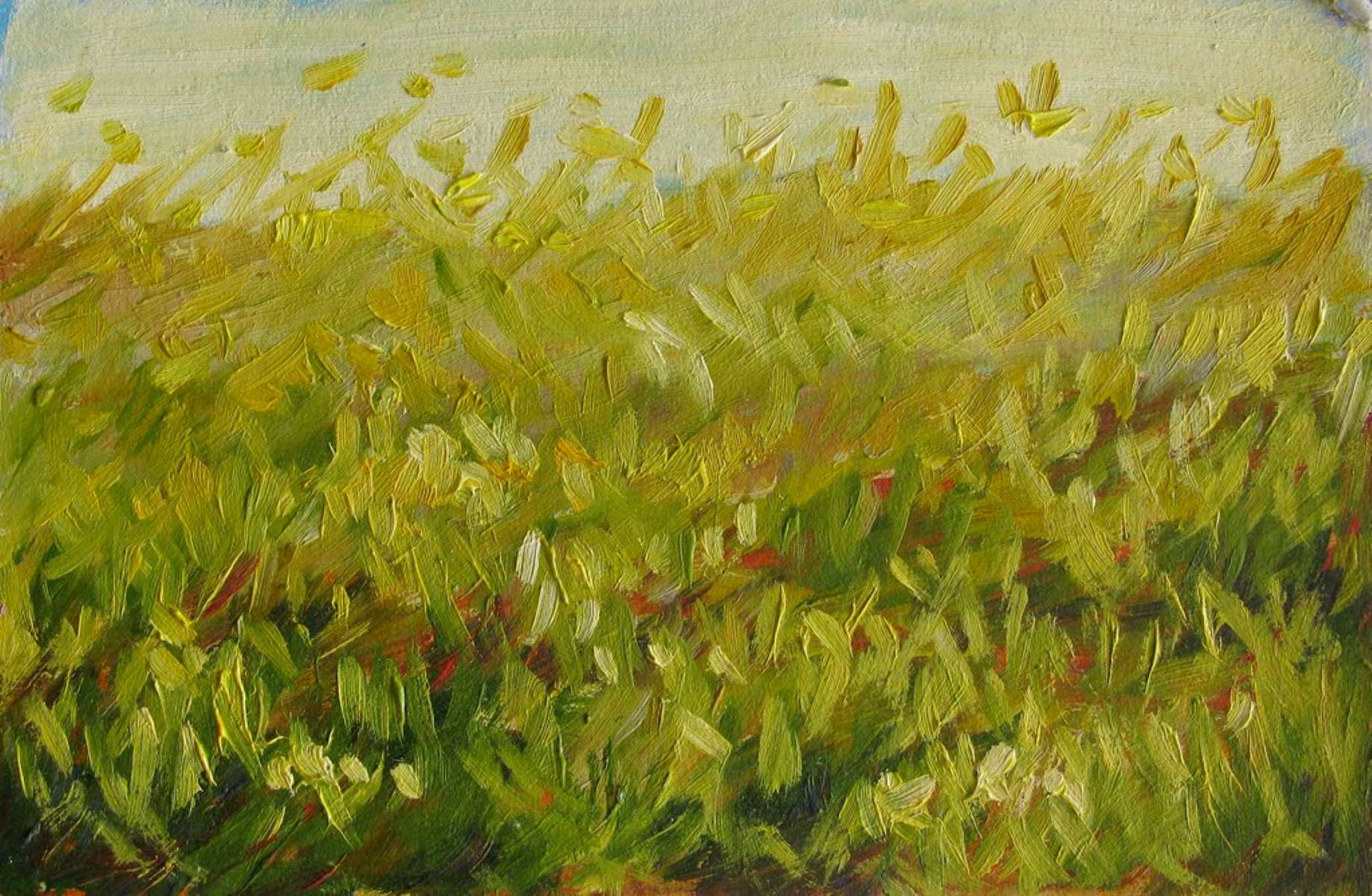

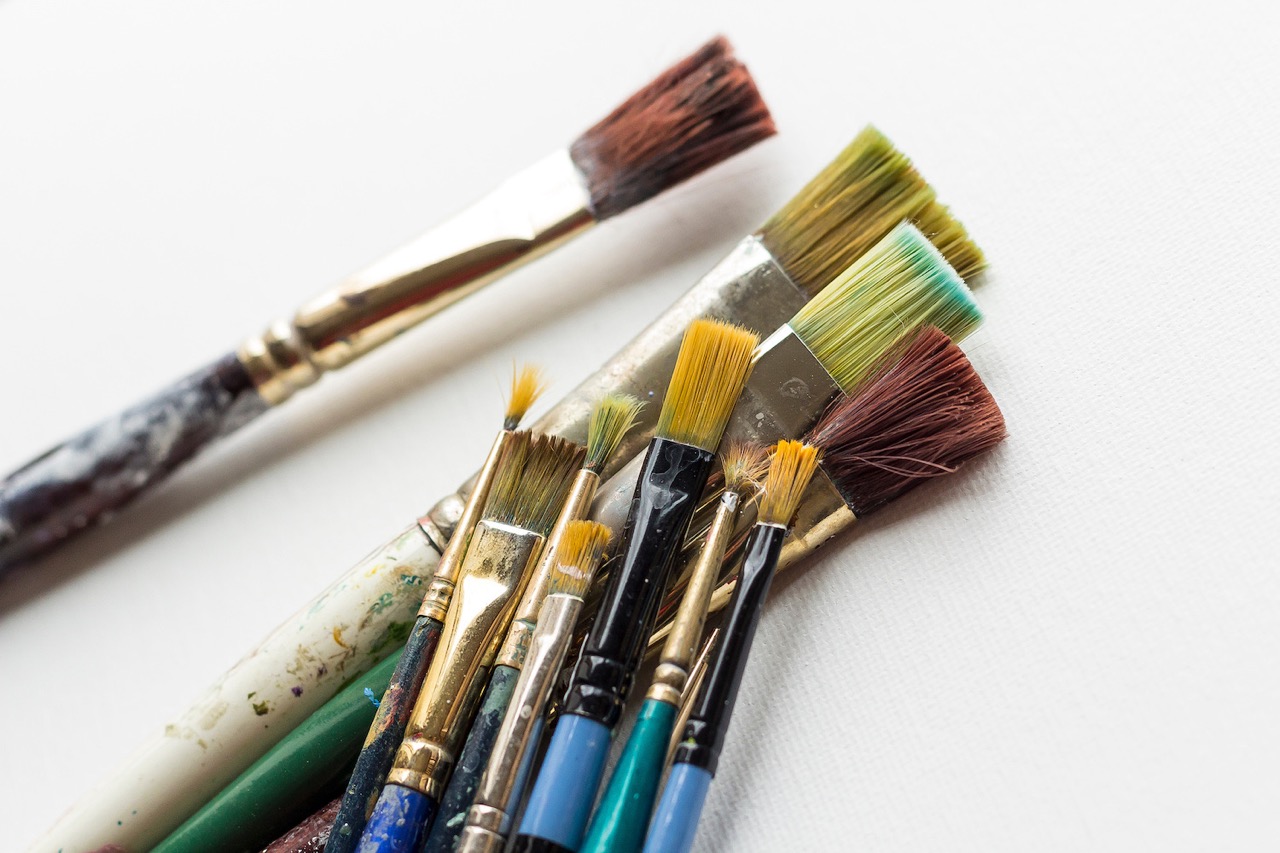
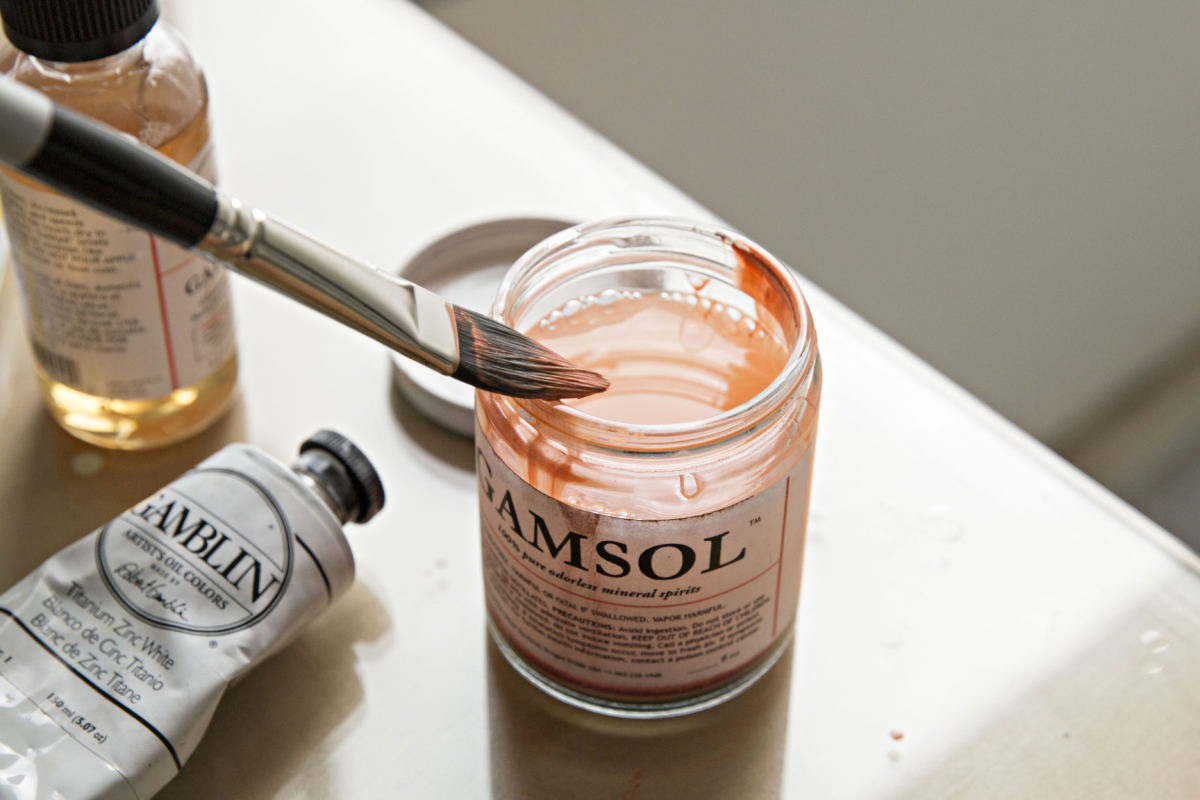
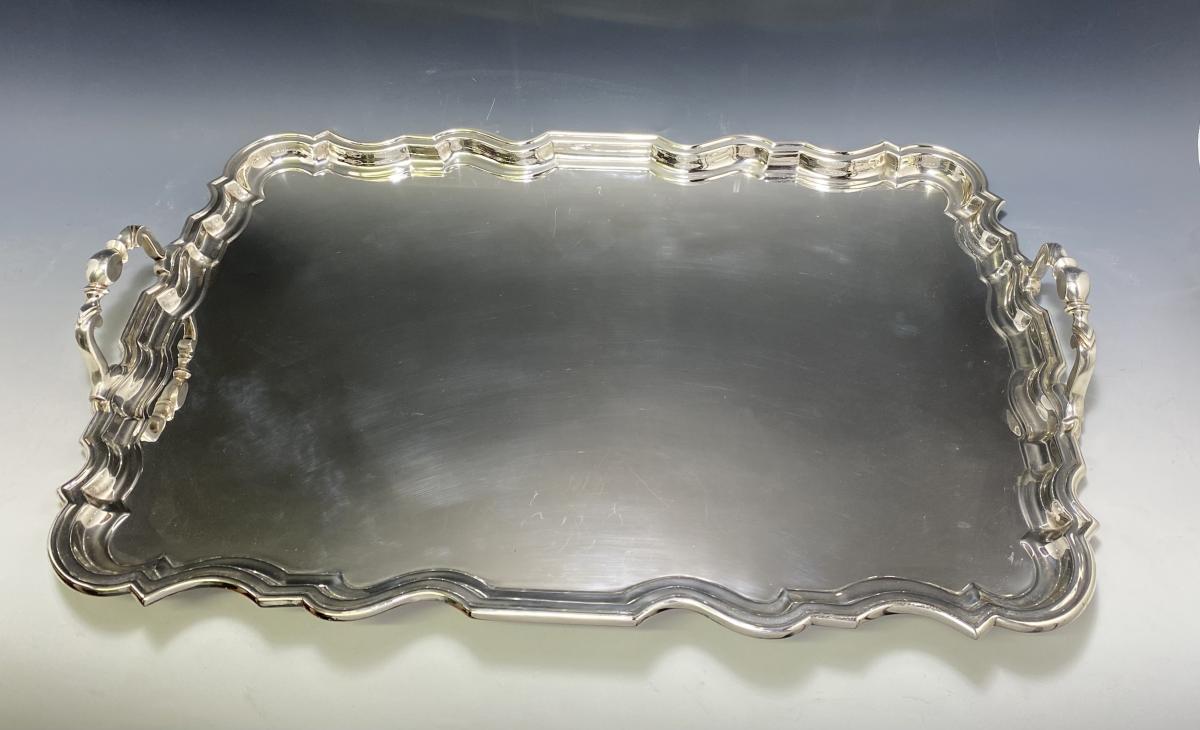
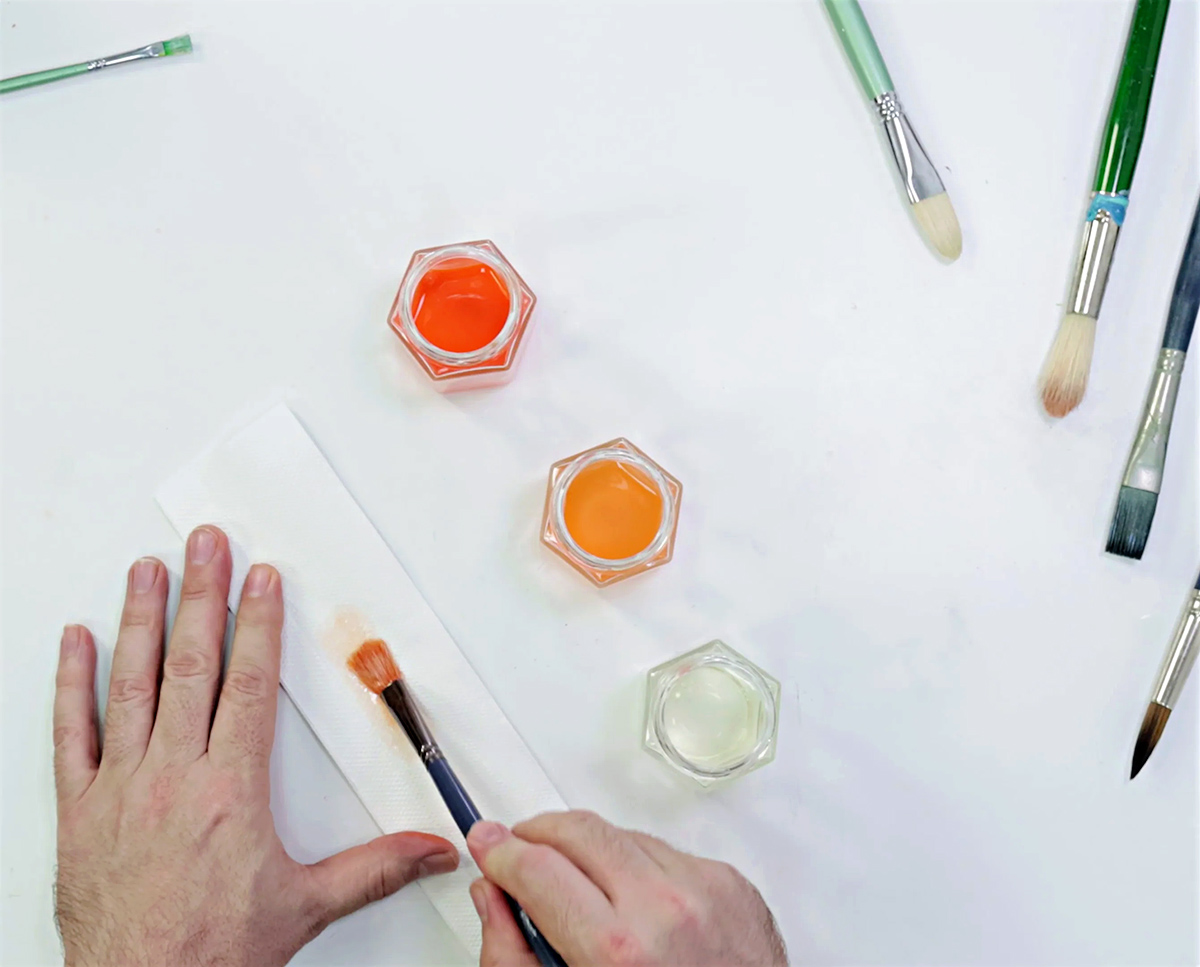
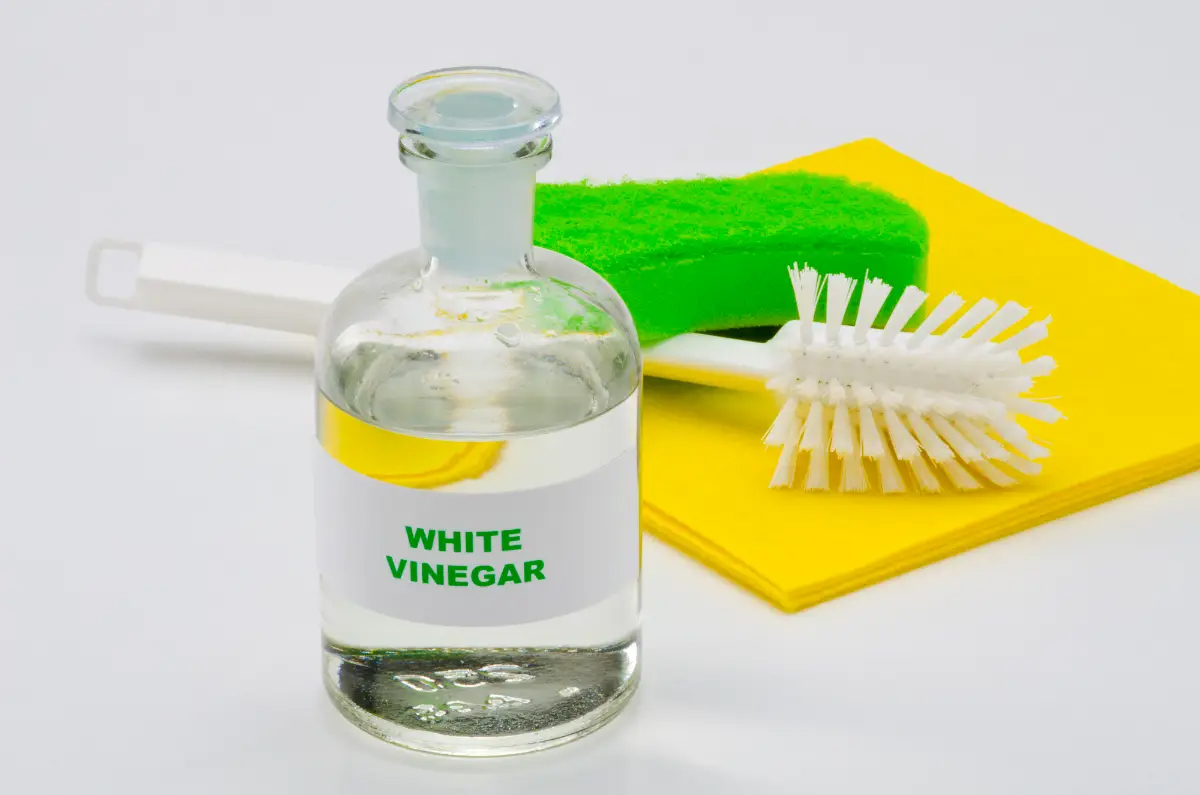
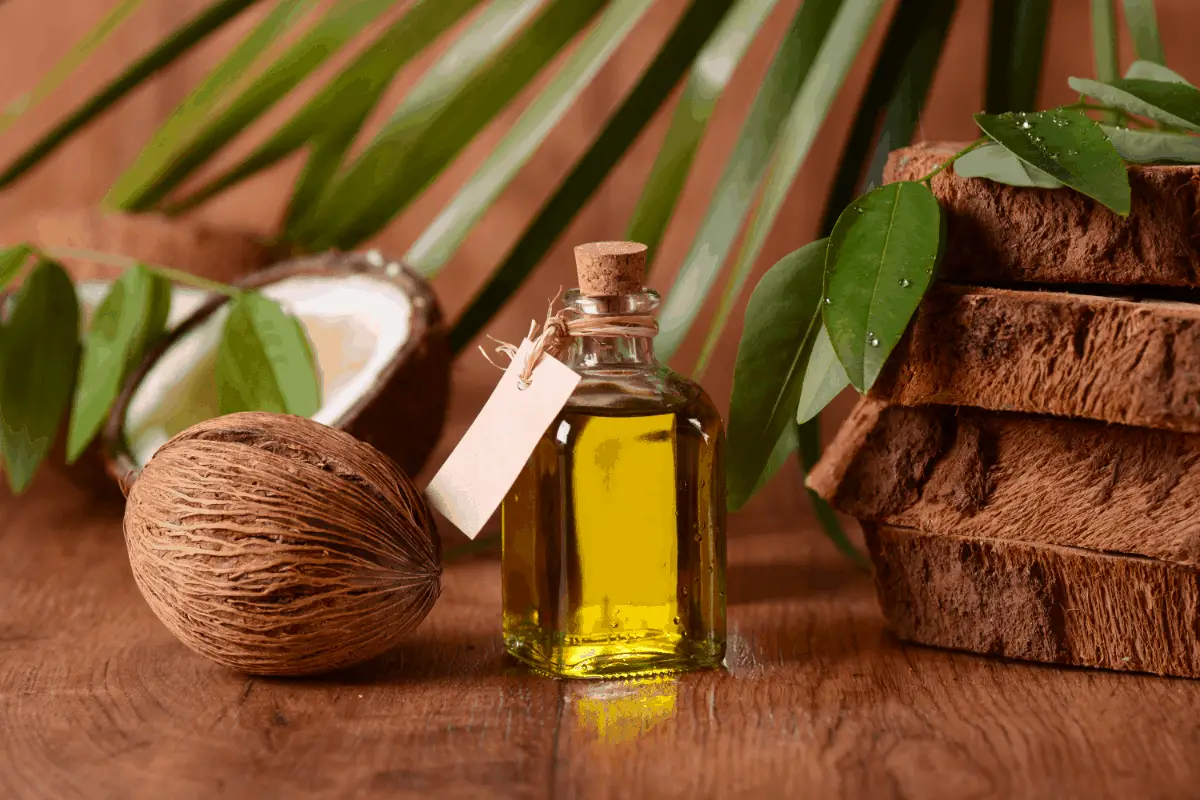
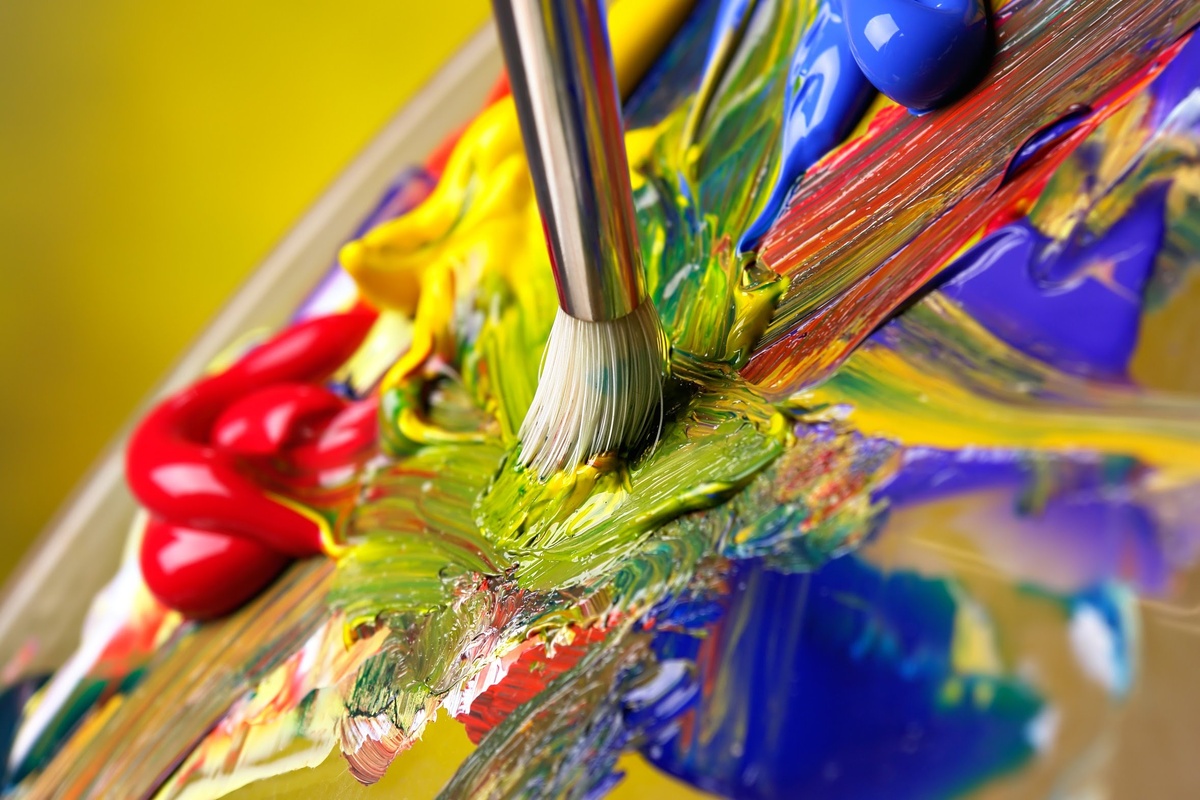

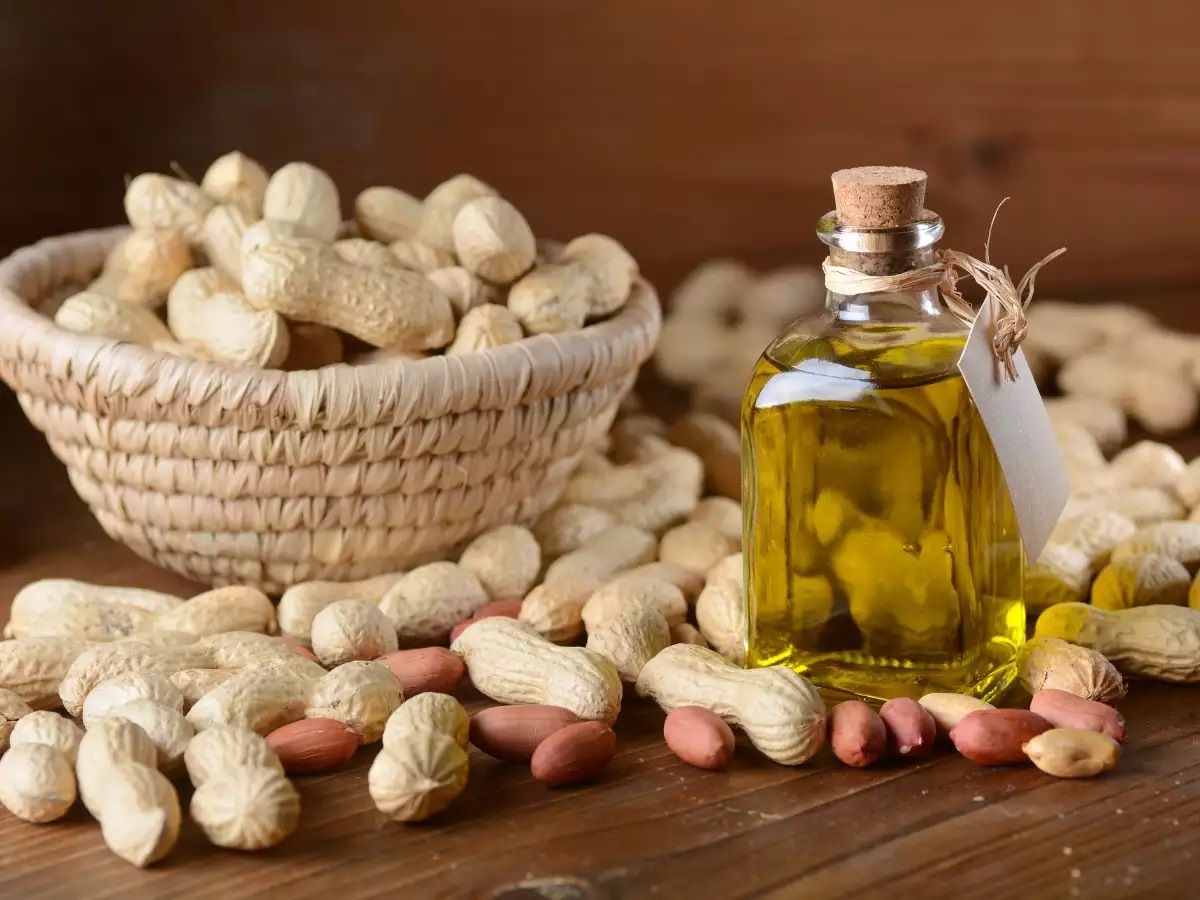

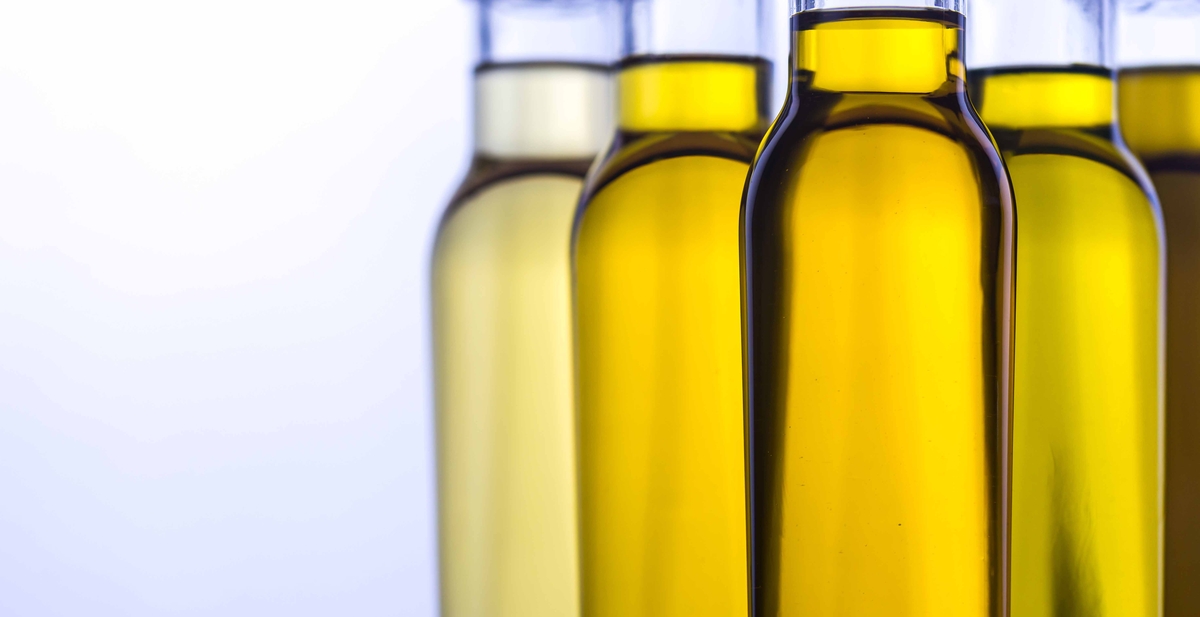

0 thoughts on “How To Store Oil Paintings”